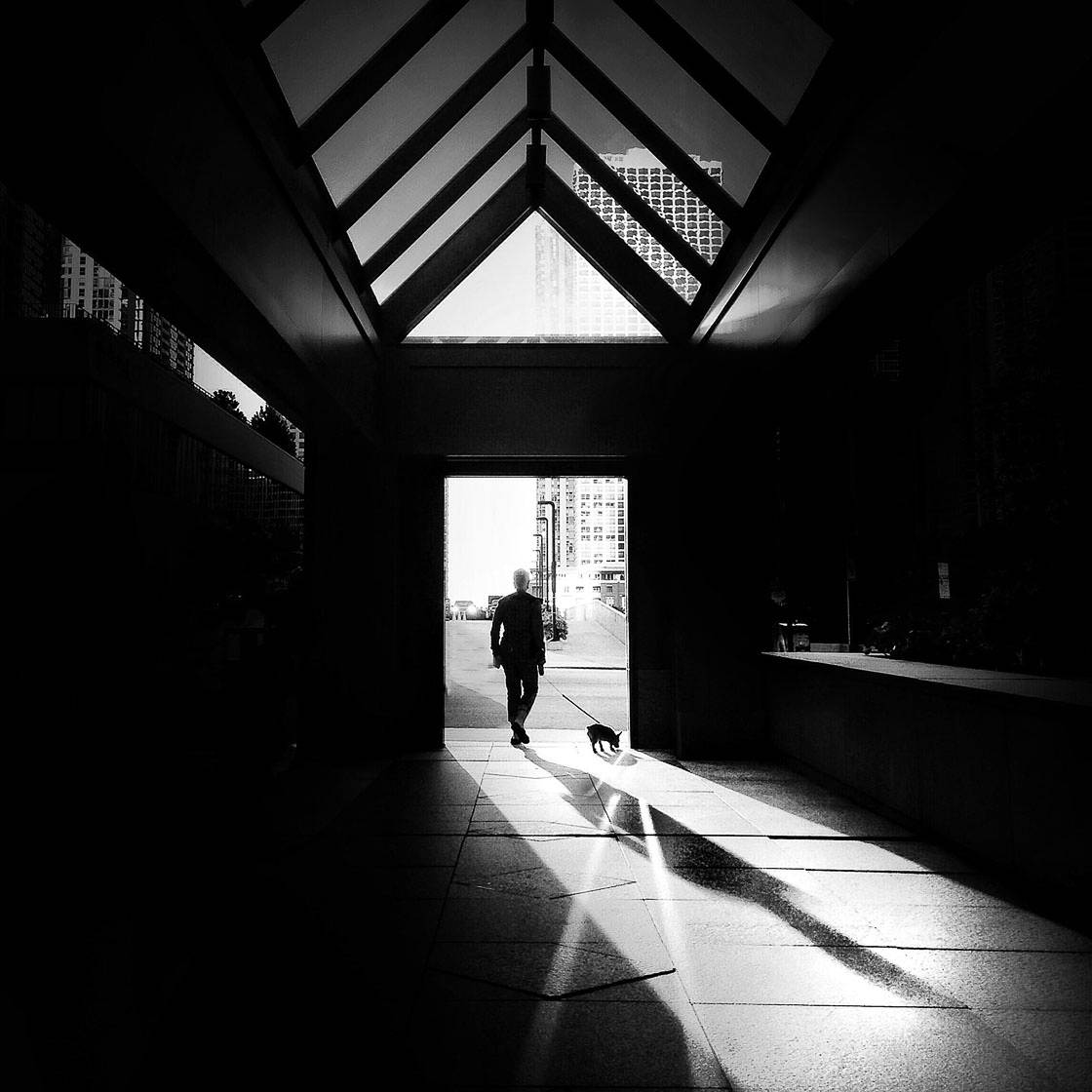The 7-Minute Rule for Street Photographers
The 7-Minute Rule for Street Photographers
Blog Article
Not known Facts About Street Photographers
Table of ContentsUnknown Facts About Street PhotographersFascination About Street PhotographersNot known Factual Statements About Street Photographers Some Known Factual Statements About Street Photographers The Buzz on Street Photographers
A category of digital photography that records daily life in a public place. The very publicness of the setting enables the photographer to take honest pictures of strangers, typically without their expertise. Road digital photographers do not necessarily have a social objective in mind, but they favor to isolate and record moments which might otherwise go unnoticed (Street Photographers).He was affected by numerous of those who affected the street photographers of the 1950s and '60s, he was not chiefly interested in catching the spirit of the road., who worked side by side with digital photographers trying to catch the essence of city life.
Due to the relatively primitive innovation readily available to him and the long exposure time needed, he had a hard time to record the pressure of the Paris streets. He explore a collection of photographic methods, attempting to discover one that would permit him to catch activity without a blur, and he located some success with the calotype, patented in 1841 by William Henry Fox Talbot. While the professional photographers' topic was essentially the exact same, the results were significantly different, demonstrating the impact of the photographer's intent on the character of the images he produced.
Provided the great top quality of his photographs and the breadth of material, engineers and artists commonly purchased Atget's prints to make use of as referral for their very own job, though business rate of interests were hardly his major motivation. Rather, he was driven to photograph every last remnant of the Paris he liked. The mingled passion and necessity of his goal luster through, leading to photos that tell his own experience of the city, qualities that anticipated street digital photography of the 20th century.
3 Simple Techniques For Street Photographers
They expose the city via his eyes. His job and essential understanding of digital photography as an art type acted as inspiration to generations of photographers that complied with. The following generation of street digital photographers, though they likely did not describe themselves therefore, was ushered in by the photojournalism of Hungarian-born professional photographer Andr Kertsz.
Unlike his peers, Brassa utilized a larger-format Voigtlnder cam with a longer direct exposure time, requiring him to be much more computed and thoughtful in his practice than he could have been if using a Leica. (It is assumed that he may not have actually been able to manage a Leica during that time, yet he did, nevertheless, utilize one in the late 1950s to take colour photographs.) Brassa's photos of the Paris abyss illuminated by synthetic light were a discovery, and the collection of the collection that he published, (1933 ), was a significant success.
Cartier-Bresson was a champion of the Leica video camera and among the initial professional you can check here photographers to optimize its capabilities. The Leica enabled the photographer to connect with the surroundings and to capture moments as they happened. Its fairly tiny size also aided the photographer discolor into the background, which was Cartier-Bresson's preferred technique.
See This Report about Street Photographers
It is because of this fundamental understanding of the art of picture taking that he is frequently attributed with uncovering the medium all over once more about a century considering that its development. He took photos for greater than a half century and influenced generations of digital photographers to trust their eye and intuition in the minute.
These are the inquiries I shall try to address: And after that I'll leave you with my own definition of great site road digital photography. Yes, we do. Let's start with specifying what an interpretation is: According to (Street Photographers) it more helpful hints is: "The act of specifying, or of making something precise, unique, or clear"
No, definitely not. The term is both limiting and misinforming. Seems like a street digital photography ought to be photos of a streets right?! And all road professional photographers, except for a handful of absolute beginners, will fully appreciate that a road is not the key element to road photography, and in fact if it's an image of a road with perhaps a few dull people doing absolutely nothing of interest, that's not road photography that's a snapshot of a road.
The Ultimate Guide To Street Photographers
He makes a valid point don't you think? However, while I concur with him I'm unsure "honest public digital photography" will certainly catch on (although I do type of like the term "candid digital photography") due to the fact that "road digital photography" has been around for a lengthy time, with lots of masters' names connected to it, so I believe the term is below to stay.
You can shoot at the beach, at an event, in an alley, in a park, in a piazza, in a cafe, at a museum or art gallery, in a city station, at an occasion, on a bridge, under a bridge ...
Yes, I'm afraid we scared no choice! Without regulations we can not have a meaning, and without an interpretation we don't have a style, and without a genre we do not have anything to specify what we do, and so we are stuck in a "policies definition category" loophole!
The Street Photographers Statements

Report this page